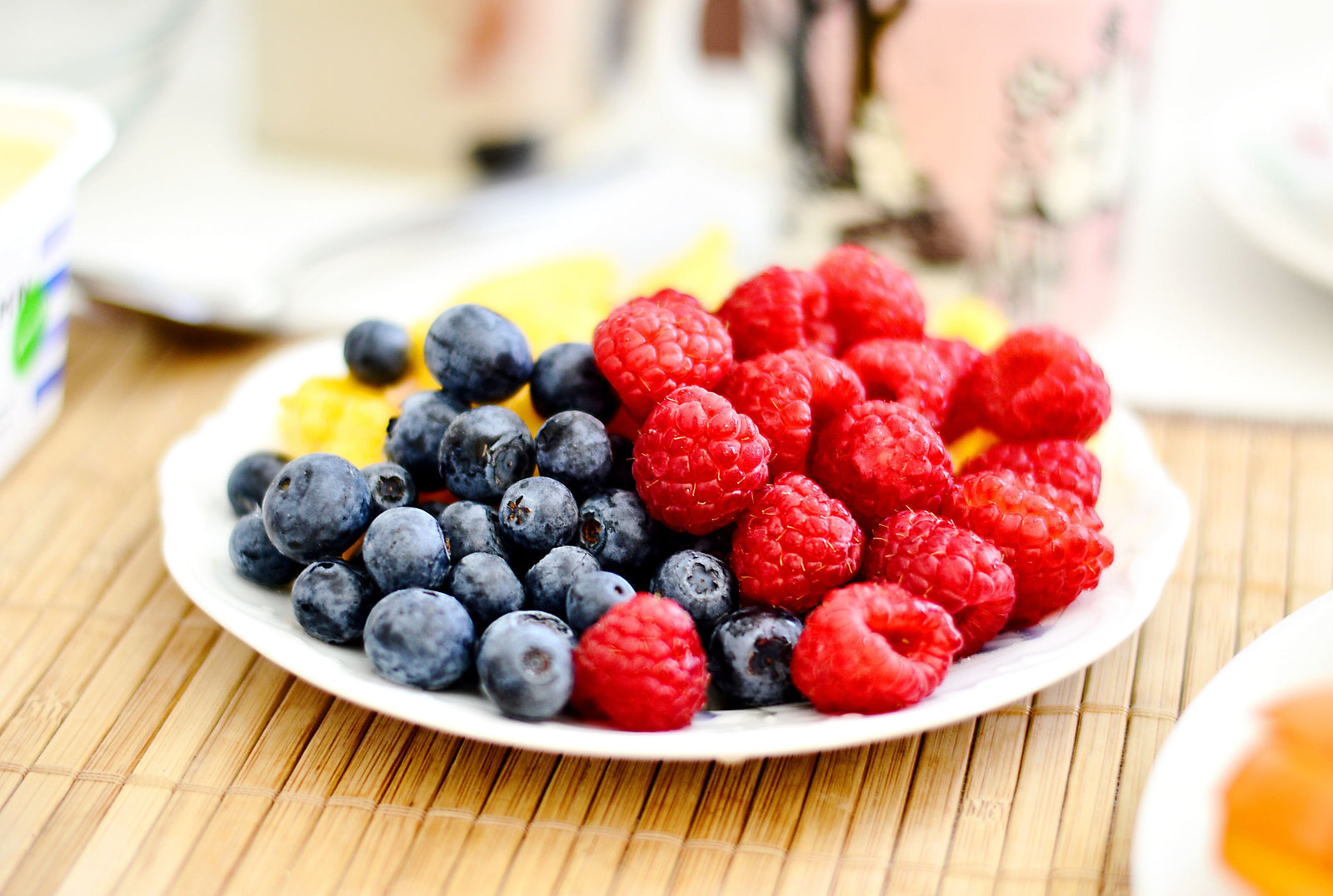Food is fun to eat because it tastes good. None of us seek out food because we hate the way it tastes! Sure, we learn with age (and a little bit of wisdom) that it’s important to also eat things we don’t exactly love because they are good for us. The introduction of natural flavors may have made “healthy” food taste better, but is it still just as nutritious?

Do you ever wonder why eating food is such an enjoyable experience? Obviously it keeps hunger at bay and keeps us alive, which are important things. But besides basic survival, what is it that we enjoy so much about eating? Think about the last time you had a cold and were congested. You probably ate some soup or toast because your mom taught you it’s important (thanks, Mom!). But the experience was likely lack-luster, because you couldn’t really taste the food. The flavor of the food was dulled by your cold, and eating wasn’t nearly as fun as it normally is.It’s no surprise then that food manufacturers spend a lot of time (and money) making sure their products are pleasantly flavorful - that they taste good. Flavors in food products enhance not only the taste of what we eat, but the entire experience. It’s a basic human response: we gravitate toward the pleasant stuff, and we walk away from the not-so-pleasant stuff.
But do you ever wonder what goes into your food to make it taste good? Where does the flavor come from? What’s been added to make your taste buds do a little dance? Manufacturers have two options when it comes to making food taste good: using natural flavorings, or adding synthetic ones.
Synthetic flavorings have also gone by the name of artificial flavors which have become notorious in the health foods space. While synthetic flavorings haven’t been specifically shown to cause any health issues, nor are the flavorings themselves nutritionally inferior, generally food items that use a lot of synthetic flavorings are highly processed all the way around. And when it comes to good nutrition, as dietitians we always recommend staying as close to nature as possible. That means choosing less of the highly processed food items and including more things that come from whole ingredients, and that includes natural flavors.
The Food & Drug Administration regulates which flavors can be labeled natural. Natural flavors need to be derived from substances extracted from a plant or animal source. Specifically, they need to come from one or more of the following:
- spice
- fruit or fruit juice
- vegetable or vegetable juice
- edible yeast, herb, bark, bud, root, leaf, or similar plant material
- meat
- fish
- poultry, eggs
- dairy products
- or fermented products of any of the above
Any flavors not derived specifically from this list are considered artificial. That means they consist of synthetic formulations. But remember that all flavors (natural or artificial) are chemicals. Everything we eat, including water, is in the end simply a chemical.
It’s important to recognize that the purpose of flavor in food manufacturing has nothing to do with nutritional content and everything to do with making things taste good. However, this brings me back to the earlier point that generally food items that use a lot of synthetic flavorings are also highly processed all the way around. In other words, if a food requires a whole lot of synthetic flavors to become palatable and delicious, it likely isn’t made up of a whole lot of quality ingredients in the first place.
As a Registered Dietitian, my advice to my clients (and my own measuring stick for feeding my family) is to choose foods with limited ingredients and cook from scratch whenever possible. By choosing seasonal produce, whole grains, lean dairy and proteins, and healthy fats, I have control over what goes into my family’s mouths - and I know that the food will taste good because it’s simple and largely unprocessed. I don’t have to worry about needing to add artificial flavors to preserve taste, because the food stays close to its natural, full-of-flavor state!
These same rules apply when it comes to choosing snacks. Busy families need convenience items (hello, soccer-game-meets-piano-lessons-intersected-by-karate afternoons). That is why I’m a big fan of That’s it. Fruit Bars. They’re portable and don’t need to be refrigerated - but most importantly, they are made of whole, natural ingredients. Every bar is made of just 2 ingredients (Apple + Cherry is my favorite), with no artificial or natural flavors added. You’re getting the good stuff from whole fruit, with all of its delicious flavor, in addition to the convenience of other pre-packaged snacks.
The bottom line is this: the simpler the ingredients, the less need there is for artificially covering or enhancing flavor. A product that’s made up of quality whole ingredients will taste great, while providing the nutrients you want to feed your family. That’s it. Fruit Bars tick all the boxes for my family plus, what parent wouldn’t be happy with getting the kids to eat more fruit?
Kirsten Screen, MPH, RD, LD, has been a Registered Dietitian for 15 years. She works in private practice in the Charlotte, NC, area, helping individuals and groups reach their nutrition and wellness goals. Her passion lies in providing clarity to the nutrition messages pushed out by the media, helping her clients get down to the proven science so they can live well and feel good.
Related Blogs
Food Pairings That Are Healthier When Eaten Together

